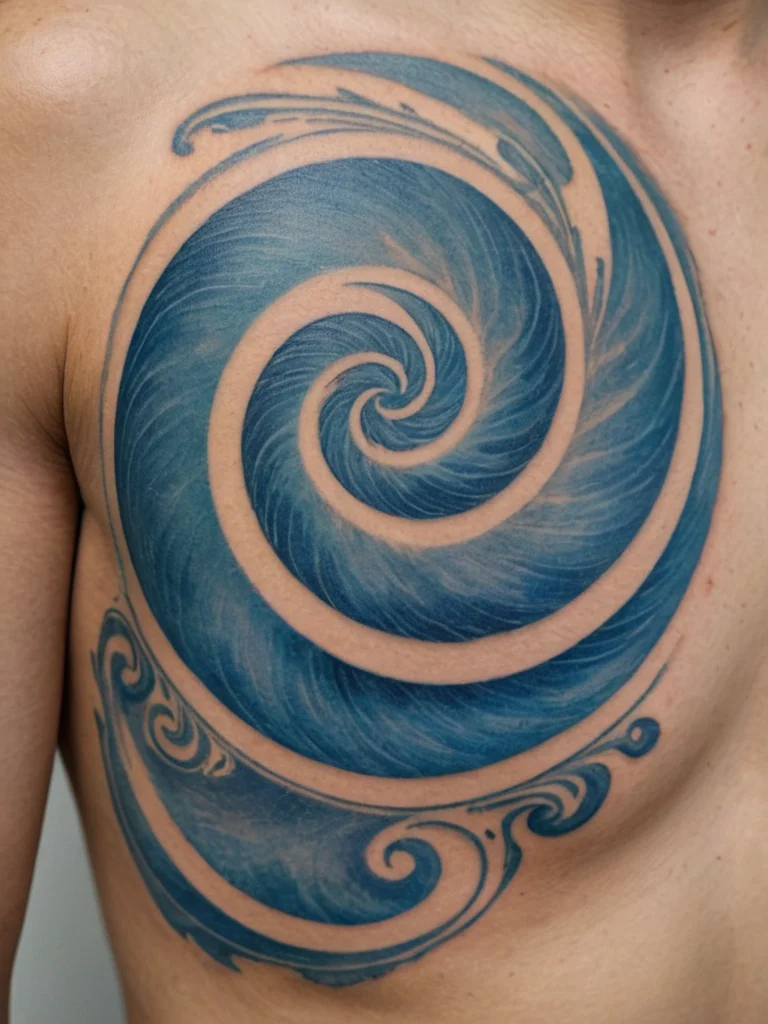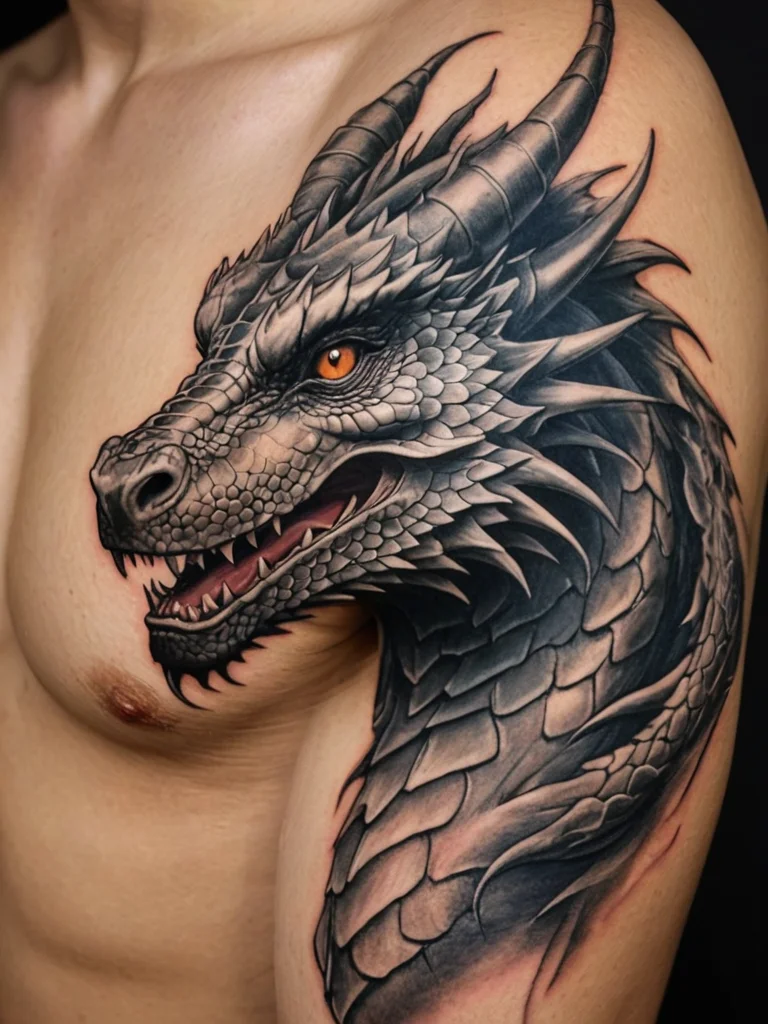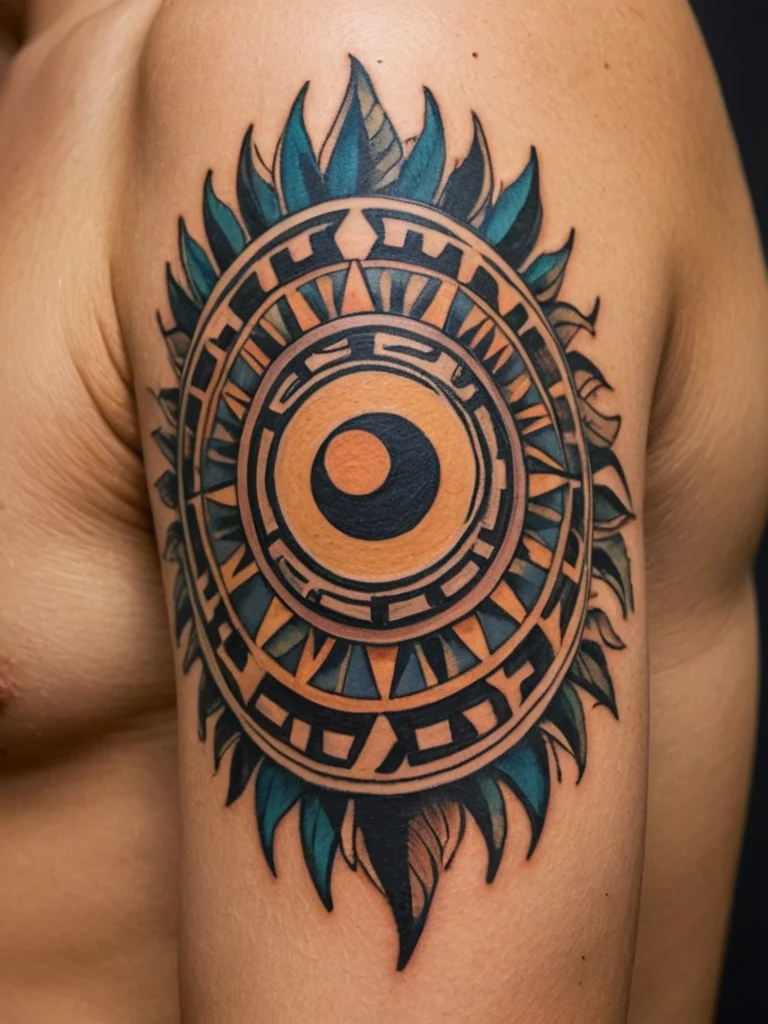Tattoos are a permanent form of self-expression, a story etched onto your skin that you carry with you throughout life. Many people get tattooed with the understanding that the art is forever. However, ‘forever’ on living, breathing skin is a dynamic concept. As your body changes over the years – through growth, weight fluctuations, and the natural aging process – so too can the appearance of your beloved tattoos. Understanding how your tattoos will evolve with you is crucial for managing expectations and appreciating the full journey of your body art. This article delves into the science behind tattoo aging, the visible changes you can anticipate, and how you can best care for your ink to ensure it remains vibrant and meaningful for as long as possible. Prepare to explore the fascinating, and sometimes surprising, life cycle of your tattoos.
The science behind aging tattoos: how ink and skin interact over decades

The longevity and appearance of your tattoos are intimately tied to the complex biological processes occurring within your skin. When a tattoo artist injects ink into your dermis – the layer of skin beneath the epidermis – your body’s immune system kicks into action. Specialized cells called macrophages, a type of phagocyte, engulf the ink particles. These macrophages then migrate deeper into the dermis and become relatively stationary. This is the body’s natural defense mechanism, attempting to wall off and isolate the foreign substance. Over time, however, these very cells contribute to the gradual changes in your tattoo’s appearance.
The dermis itself is a living tissue. It undergoes a constant cycle of cell renewal and repair, albeit at a much slower pace than the epidermis. As skin cells age, they become less efficient. Collagen, the protein that gives skin its structure and elasticity, begins to break down, and the skin’s ability to retain moisture diminishes. These changes affect how the ink particles, trapped within the dermal layer, are perceived. The ink doesn’t disappear, but the environment in which it’s held changes dramatically.
Furthermore, the ink particles themselves are not inert. While professional tattoo inks are formulated to be durable, they are composed of pigments suspended in a liquid medium. Over decades, these pigments can break down due to various factors, including exposure to UV radiation from sunlight and the body’s ongoing cellular processes. While the ink remains in the dermis, the pigment particles can become smaller or clump together, altering the clarity and vibrancy of the original design. Tattoo artists recommend understanding that these biological factors are at play from the moment the needle leaves your skin.
Visible changes: understanding tattoo fading, spreading, and distortion

As you age, your skin naturally undergoes changes that directly impact how your tattoos look. The most common and noticeable change is fading. This occurs for several reasons. Firstly, as mentioned, the pigment particles themselves can degrade over time. Secondly, the skin’s structure changes; the dermis becomes thinner, and the epidermis, which is constantly shedding and renewing, can also become thinner with age. As the ink sits in the dermis, a thinner epidermis and dermis mean the ink is closer to the surface, but also potentially more exposed to the elements that cause degradation, such as sunlight. This gradual loss of pigment density makes the tattoo appear less bright and the lines less crisp.
Another significant change is the spreading or blurring of lines, often referred to as ‘blowout’ over time, though a true blowout happens during the tattooing process. As the skin ages, it loses some of its firmness and elasticity. This can cause the ink particles, which are held within the dermal tissue, to spread out slightly. The once razor-sharp lines of a meticulously designed tattoo can begin to soften and blur. Think of it like an old photograph where the edges of the image start to become less defined. For tattoos with fine lines or intricate details, this spreading can significantly alter the overall appearance and legibility of the design. Tattoo artists often advise on line thickness for longevity, a consideration that becomes even more relevant when thinking about decades down the line.
Distortion is another effect that can occur, primarily due to changes in body mass and the skin’s elasticity. If you experience significant weight gain or loss over your lifetime, the skin stretches or shrinks. This stretching can distort the original proportions of your tattoo. For instance, a tattoo placed on the abdomen might expand dramatically if you gain a lot of weight, while a tattoo on the thigh could become elongated if you lose a significant amount of weight. Even without drastic weight changes, the natural loss of skin elasticity with age can cause a subtle distortion, making the tattoo appear ‘sagged’ or less taut. Areas of skin with less natural elasticity, like the inner arm or abdomen, tend to show these effects more readily. Understanding these potential distortions is part of appreciating the evolving nature of your canvas.
Caring for your future self: tips to preserve your tattoos long-term

While you can’t stop the aging process, there are proactive steps you can take to help preserve the quality and vibrancy of your tattoos for years to come. The single most important factor in preventing premature fading and degradation is diligent sun protection. UV radiation is the primary culprit behind ink breakdown and skin damage, which accelerates the aging of tattoos. Always apply a high SPF sunscreen to your tattooed skin, even on cloudy days. Reapplication is key, especially after swimming or sweating. Wearing protective clothing or seeking shade during peak sun hours will also make a significant difference. Many tattoo artists emphasize that the sun is the tattoo’s greatest enemy.
Maintaining a stable weight is also beneficial for preserving the integrity of your tattoo’s design. Significant fluctuations in body weight can stretch or distort the skin, leading to a warped appearance of the ink. While life happens, and weight changes are often unavoidable, striving for a healthy lifestyle that supports a relatively stable weight can help minimize the distortion of your tattoos. This doesn’t mean you should avoid life’s pleasures, but being mindful of the impact on your skin can be a conscious choice.
Proper aftercare during the initial healing process is foundational, but ongoing skin health is equally important. Keep your skin well-hydrated. Regularly moisturizing your tattooed skin, especially as you age and your skin naturally becomes drier, can help maintain its suppleness and improve the appearance of the ink. A good quality moisturizer can make the colors pop and the lines appear sharper by keeping the epidermis healthy and plump. Additionally, avoiding harsh soaps or abrasive exfoliants on tattooed areas can prevent unnecessary irritation and damage to the skin. Gentle care is paramount for long-term preservation. Some tattoo artists also recommend specialized tattoo-enhancing lotions or balms, which can provide deep hydration and contain ingredients that might help protect the ink.
Conclusion: embracing your evolving canvas – the beauty of aged tattoos

Tattoos are not static pieces of art; they are living elements of your personal story, intertwined with the narrative of your own life and the changes your body undergoes. While fading, blurring, and distortion are natural consequences of time and biology, they do not diminish the meaning or beauty of your tattoos. Instead, they add a new layer of history and character, much like the patina on an antique or the lines etched by time on a cherished photograph. An aged tattoo can tell a story of a life lived, of experiences had, and of the enduring presence of a chosen symbol or image.
Embracing these changes is part of the commitment you make when you choose to get tattooed. It’s about appreciating the journey, both of your body and your art. Think of it as a testament to the permanence of your decision and the resilience of the art form. Many seasoned tattoo enthusiasts find a unique beauty in older tattoos, seeing them as markers of time and personal growth. They possess a softened, vintage aesthetic that can be just as captivating, if not more so, than a brand-new piece.
Your body is your canvas, and it will continue to evolve. By understanding the science behind tattoo aging and taking proactive steps for long-term care, you can ensure that your tattoos remain a cherished part of your identity for all your years. The goal isn’t to fight time, but to age gracefully with your ink, celebrating the unique beauty that comes with time, experience, and a life fully lived. Your tattoos become a part of your wisdom, a visible echo of your past and a vibrant presence in your present.